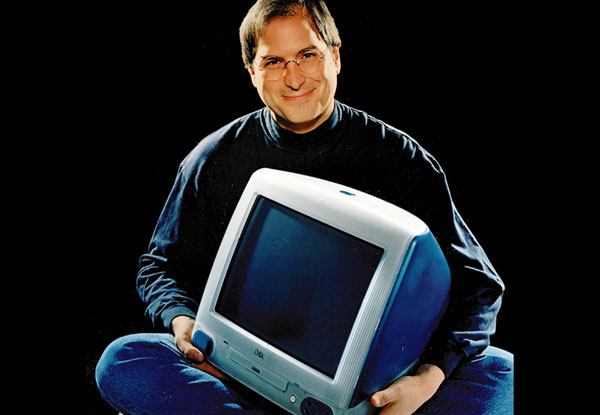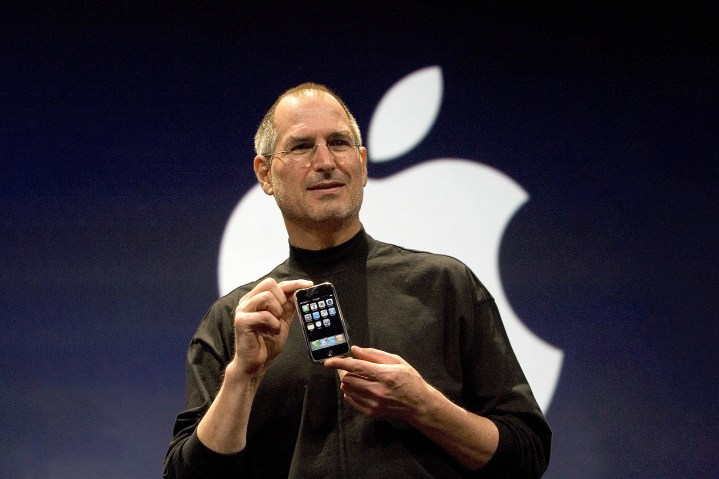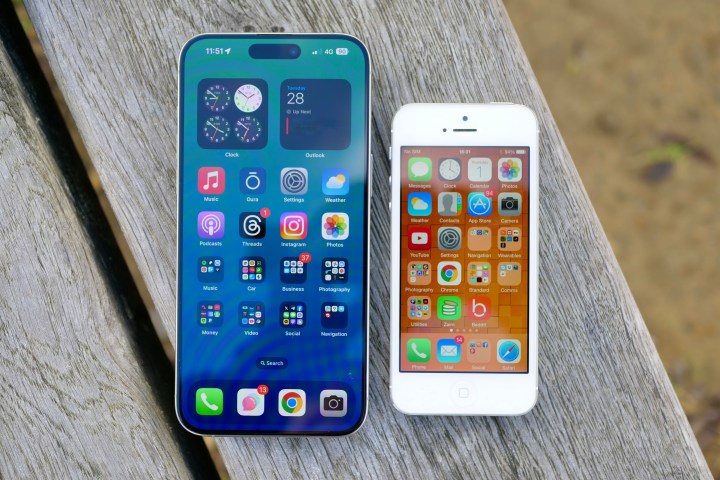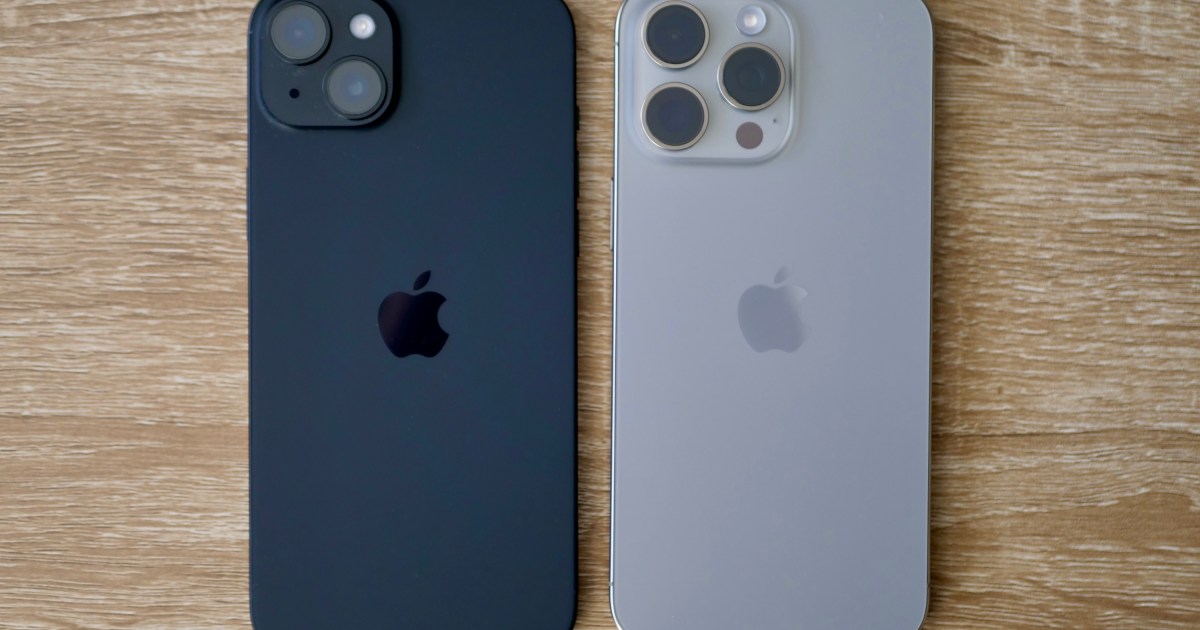When Steve Jobs announced the first iPhone on January 9, 2007, it was a moment that changed the cell phone market forever. In one of the most famous product reveals in history, Jobs said it was three products in one: a widescreen iPod with touch controls, a revolutionary mobile phone, and a breakthrough internet communications device.
But have you ever wondered what the “i” in iPhone stands for? It’s not just the iPhone that has the “i” in the name — there’s also the iPad, iMac, iPod, and more. In the past three decades, there have been almost 30 products from Apple (both in hardware and software) that start with a lowercase “i.”
So again, what does that “i” stand for? Let’s dive into a bit of Apple history and find out.
It started in 1998 with the iMac

Before Steve Jobs returned to Apple in 1997, the company was on the verge of bankruptcy. The 1998 iMac was basically the device that saved Apple. Jobs described the iMac as an innovative personal computer that was designed to be an easy on-ramp to get onto the internet.
When the iMac was in development, Jobs originally wanted to call it “MacMan,” which would be similar to the terms “Walkman” and “Pac-Man” that were popular at the time. But Ken Segall, an Apple collaborator from an advertising firm, suggested the name “iMac,” with the “i” basically being short for “internet.”
Jobs formally revealed the iMac on May 6, 1998. He said this about the iMac name: “iMac comes from the marriage of the excitement of the internet with the simplicity of the Macintosh. Even though this is a full-blooded Macintosh, we are targeting this for the number one use that consumers tell us they want a computer for, which is to get on the internet — simply and fast.”
While we may think that the internet is no big deal these days, it was a huge deal back in 1998, when it was not so common. But the “i” also stands for more than just the internet. During that presentation, Jobs borrowed from Segall’s original pitch for the iMac name and revealed that the “i” also stands for “individual,” “instruct,” “inform,” and “inspire.”
What about the iPhone?

After the first iMac, Apple in 1999 adopted the “i” moniker for the iBook, which was essentially the first mainstream portable computer from Apple. Then came the iPod in 2001, which became one of the most successful products in Apple’s entire history. But what’s after the iPod?
In 2007, the iPhone was revealed to the world. But there were other names that the iPhone could have been called, according to 9to5Mac, including “Mobi,” “TriPod,” “Telepod,” and even “iPad.”
Thankfully, someone thought the “i” moniker would be a perfect fit with “phone,” which, if we were going with the original “internet” meaning, would be “internet phone.” And that’s basically what the iPhone has always been — an internet communicator.

Even if you ask Apple itself, there isn’t a concrete answer. But considering that the biggest feature of the first iPhone was having a full internet experience on a mobile phone, it logistically makes sense.
And considering that the iPhone has surpassed the iPod as Apple’s most successful product ever, it’s hard to imagine that the “iPhone” name is going anyway anytime soon.
Editors’ Recommendations




)


